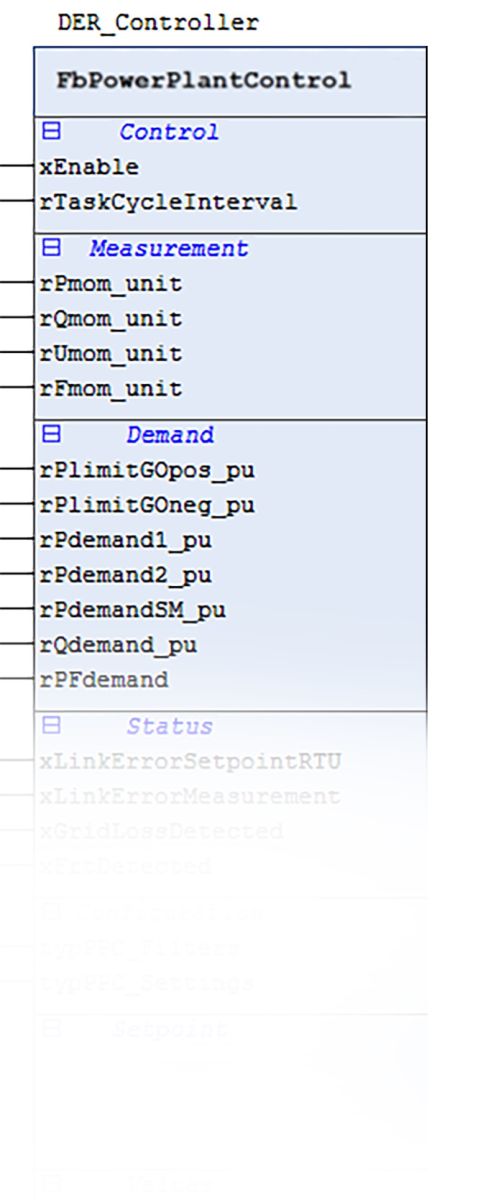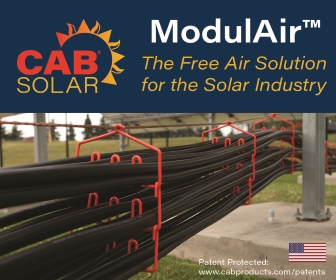Energy Transformation with IEEE 1547-2018 Compliance
Distributed Energy Resources (DERs) are decentralized energy sources and systems located near the point of consumption. These resources can generate, store, or manage energy, as well as operate independently or in coordination with the central grid. They play a crucial role in enhancing grid resilience, promoting renewable energy integration and enabling more efficient energy management.
Examples of DERs:
- Solar Photovoltaics (PV): Solar panels convert sunlight directly into electricity. They are one of the most common forms of DERs due to their scalability and decreasing costs.
- Energy Storage Systems (ESS): Batteries and other storage technologies store excess energy generated by DERs for later use, improving grid stability and enabling load shifting.
- Microgrids: Microgrids are localized energy systems that can operate independently from the main grid or connect to it as needed. They often incorporate multiple DERs, such as solar PV, wind turbines, and energy storage to provide reliable power to a specific area or community.
- Fuel Cells: Fuel cells generate electricity through electrochemical reactions, typically using hydrogen as a fuel source. They are clean and efficient, and can serve as both a primary power source and a backup during grid outages.
- Biogas Digesters: These systems convert organic waste, such as agricultural residues or sewage, into biogas, which can be used for electricity generation or heating. Biogas digesters provide a sustainable way to manage waste while producing renewable energy.
Benefits of DERs
The integration of DERs into modern energy systems is essential for building a more sustainable, resilient, and efficient energy infrastructure that meets the evolving needs of society while addressing environmental challenges. These DERs reduce reliance on centralized generation and transmission infrastructure, making the grid less susceptible to disruptions caused by natural disasters, cyberattacks, or equipment failures. Distributed generation and energy storage can provide backup power during emergencies, ensuring continuity of critical services.
.jpg)
DERs allow for improved energy efficiency, enabling localized generation and consumption of energy, therefore reducing transmission and distribution losses associated with transporting electricity over long distances. They can provide additional tools for managing grid operations and maintaining system stability. Through advanced control and communication technologies, DERs have several uses, including frequency regulation, voltage support, and grid balancing.
Understanding IEEE 1547
By establishing technical requirements for interconnection, operation, and performance standards of DERs, it helps mitigate potential risks, enhances grid stability, and promotes the widespread adoption of clean and renewable energy technologies.
IEEE 1547 originated from the growing need to establish standardized requirements for the interconnection of DERs with electric power systems. As renewable energy technologies like solar photovoltaics (PV) and small-scale generators became more prevalent, there was a lack of uniformity in the technical specifications and interconnection processes across different regions and jurisdictions. Recognizing the importance of addressing these challenges to facilitate the integration of DERs into the grid, the Institute of Electrical and Electronics Engineers (IEEE) initiated the development of IEEE 1547.
First published in 2003, the standard underwent rigorous review and consensus-building processes within IEEE's working groups and committees, ensuring that it represents the collective expertise and consensus of the stakeholders involved. Since that time, there have been subsequent revisions and updates to reflect advancements in technology, regulatory requirements, and industry best practices.

Today, IEEE 1547 serves as a widely recognized and adopted standard for DER interconnection worldwide, providing a framework for ensuring safety, reliability, and grid compatibility of distributed generation resources. Its origin underscores the importance of collaboration and standardization in enabling the seamless integration of renewable energy and distributed generation into modern electric power systems.
IEEE 1547 is made up of 11 clauses that address various aspects of the interconnection and operation of DERs with electric power systems. These clauses collectively provide a comprehensive framework for the safe, reliable, and efficient integration of distributed energy resources into modern electric power systems, ensuring grid stability, quality of service, and interoperability among different types of DERs.
Clauses 1-4 define the scope, reference, definitions of key terms and concepts as well as specific technical requirements and procedures for the connection of DERs, which includes voltage and frequency requirements along with grid support functions. Clause 5 specifically discusses reactive power and voltage/power control.
Clause 6 of IEEE 1547 focuses on establishing operational requirements and standards that DERs must adhere to during their integration with the electric power system. Clauses 7-9 deal primarily with inverters and their operational and protection requirements along with performance testing, with Clause 10 emphasizing safety considerations throughout the interconnection process. Finally, Clause 11 specifies requirements for communication interfaces and control functionalities to facilitate coordination between DERs and grid operators, and enable grid support functions.
IEEE 1547 outlines testing procedures and requirements for certifying compliance with the standard. Performance testing may involve assessing the DER's behavior under various operating conditions, including normal operation, grid disturbances, and fault scenarios. Testing may also verify the functionality and effectiveness of protection schemes, communication interfaces, and grid support functions. Compliance with performance testing requirements is essential to demonstrate that DERs can safely and reliably interconnect with electric power systems, while meeting specified technical specifications and performance criteria.
Synopsis
There are multiple trends for DER integration according to this interconnection and interoperability standard, IEEE1547. As we have experienced over multiple years, these standards are constantly improving over time as the market needs and technical requirements are better defined. At the time of this writing, the IEEE1547-2018 standard has been updated to IEEE1547-2022 and is going through the adoption phase.
In addition, more states, corporations, and municipalities have established firm carbon reduction goals which require a faster-paced implementation of renewable energy, including battery energy storage systems. Over the coming years, we will see utilities and aggregators take on a greater role managing third-party DER assets with the creation of ancillary services markets for which the utility/aggregator and asset owner will be compensated, accordingly. The rapidly expanding EV infrastructure will create additional challenges and market opportunities for multiple entities participating in this rapidly evolving new energy landscape.
Charlie Norz is Director of Product Management – Automation, Rob Via is Sr. Sales and Applications Engineer – Energy, Chris Dunlap is Industry Manager – Energy, and Barry Nelson is Public Relations Coordinator at Wago, which provides solutions for electrical interconnections, interface electronics, and automation technology.
Wago | www.wago.com
Author: Charlie Norz, Rob Via, Chris Dunlap, and Barry Nelson
Volume: 2024 November/December












.png?r=9433)
.jpg?r=9348)